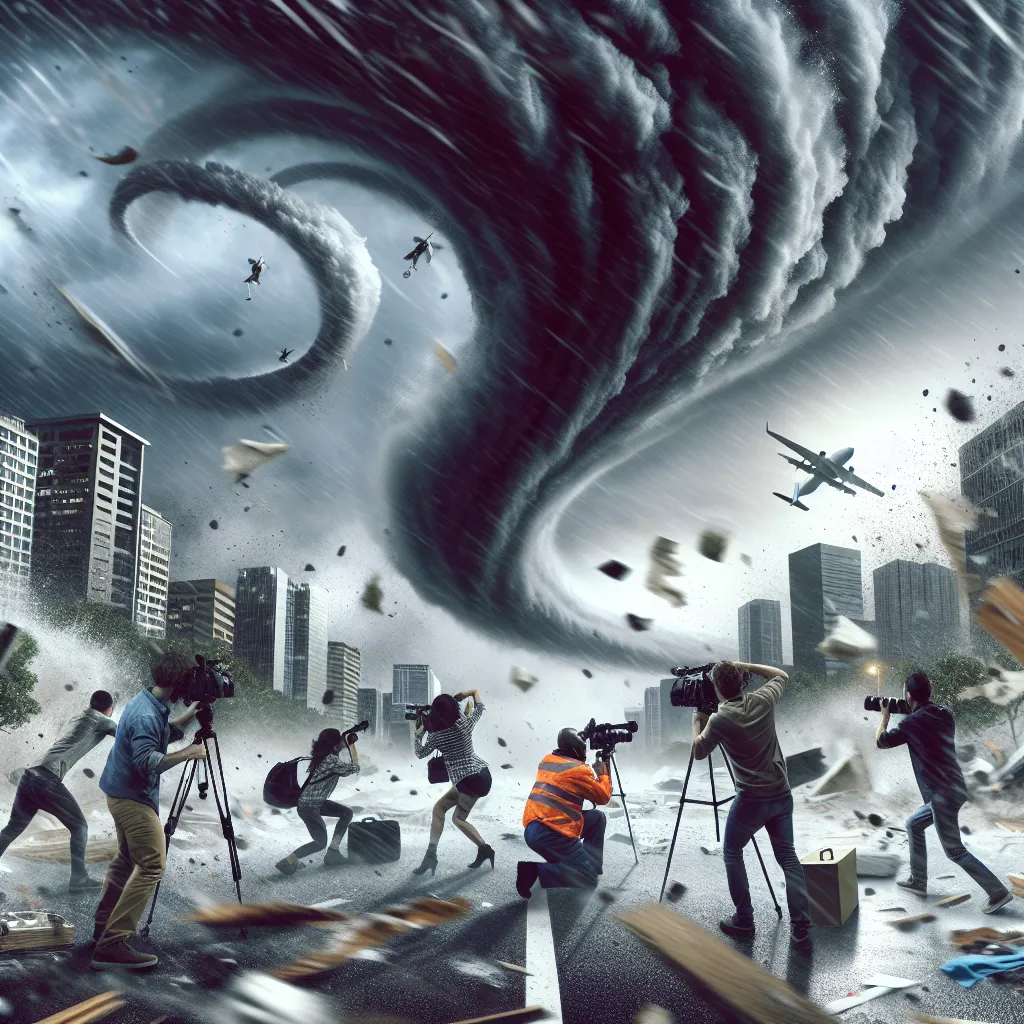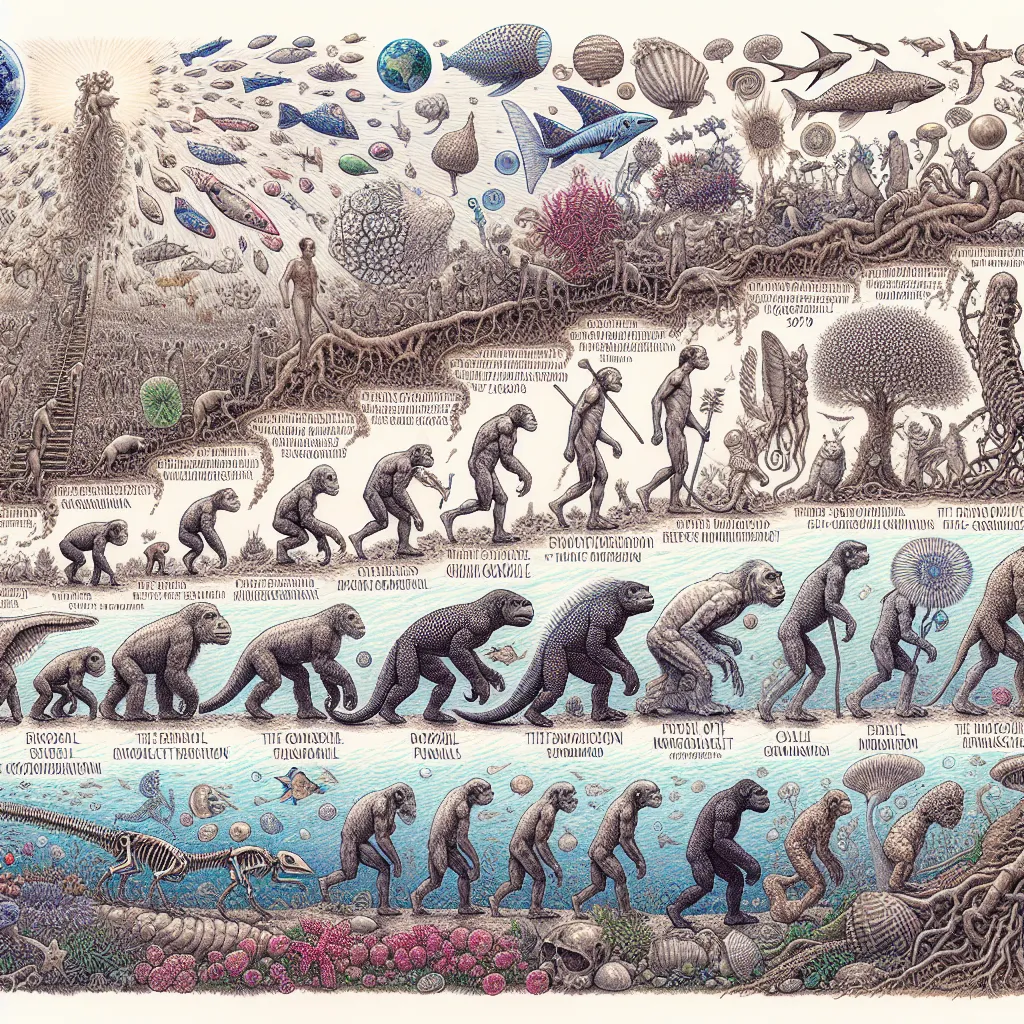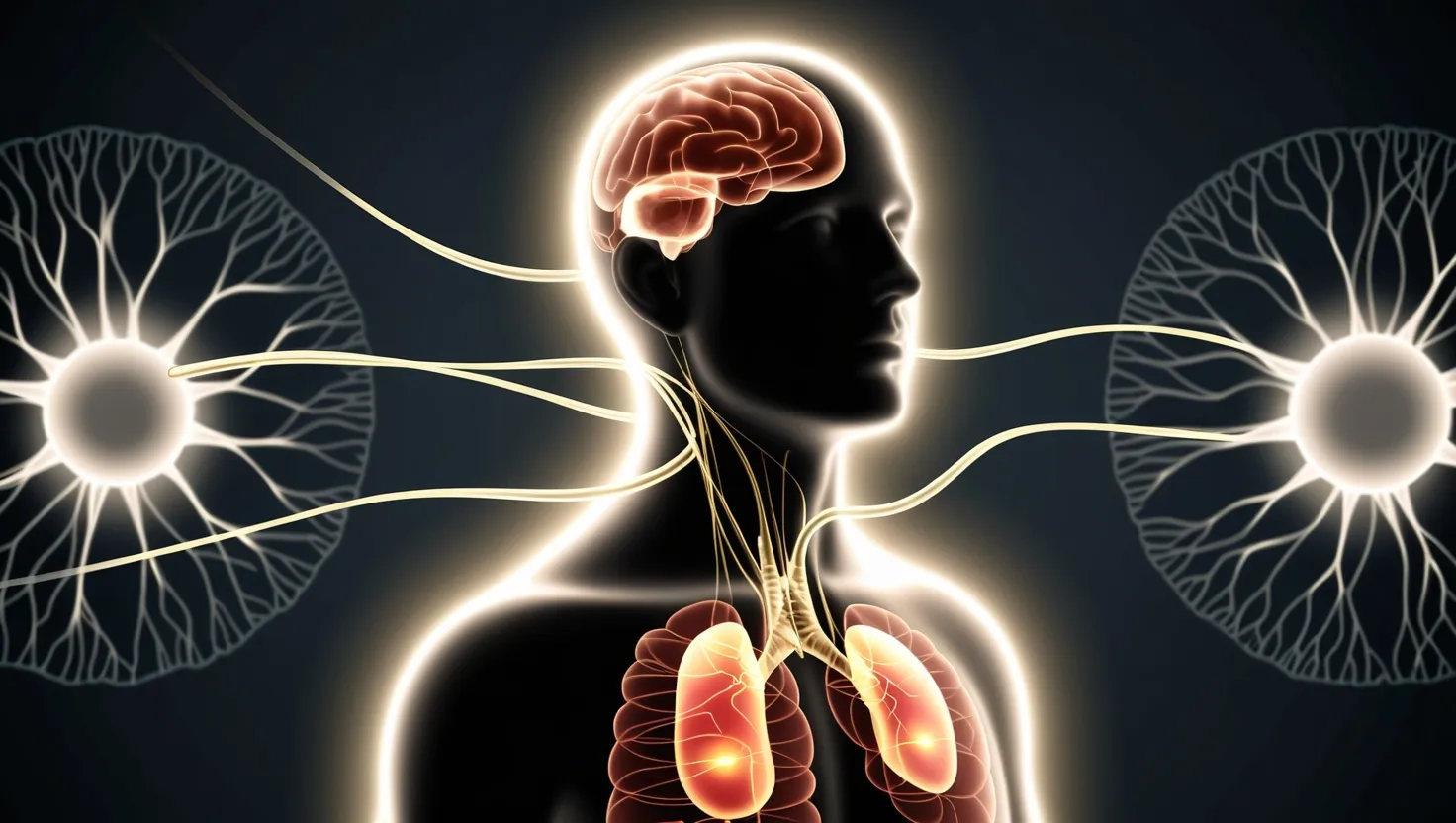Dolphins are fascinating mammals, and their early embryos reveal some incredible facts about their evolution. Surprisingly, dolphins, which seem so well-suited to life in water, may have had ancestors that once walked on land. Just like humans, dolphins don’t mate only for reproduction—they also do it for fun. As a result, they can engage in sexual activities every day of the year.
Their foreplay sessions can be quite long, but the actual act of copulation is brief, lasting just seconds. This is because the ocean is a treacherous environment. Sea water can kill sperm, so female dolphins lock onto the male’s penis to form a watertight seal during ejaculation. Interestingly, a significant portion of the dolphin’s ejaculate is low in sperm, which might help flush out sperm from previous matings. However, the sperm that does reach the egg is highly potent, with concentrations much higher than those found in humans.
Once the egg is fertilized, it takes about a year for it to develop into a dolphin calf. Early in this process, just three weeks in, the embryo is only about a centimeter and a half long, but its heart is already beating—marking the start of a lifetime with over a billion beats. By day 24, something curious happens: the flippers begin to grow, but so do tiny leg-like limb buds that eventually disappear. Scientists believe these limbs are evidence of the dolphin’s ancestors who once roamed land.
Research has identified the dolphin’s ancestor as a small, dog-like creature called Pakicetus, closely related to hippos and cows. This animal likely lived along seashores or hunted in rivers around 50 million years ago. A key feature connecting Pakicetus to modern dolphins is a specialized ear structure that enhances their ability to hear underwater. Over millions of years, these ancestors evolved to thrive in an ocean environment, shedding their legs in the process.
Watching the early development of dolphin embryos provides a window into this evolutionary journey, showcasing how these remarkable creatures have adapted from land to sea.






